For much of the first half of the 20th century, the 2-8-2 Mikado was the dominant freight locomotive of the steam era. With its medium weight and medium power, it became the go-to, general-purpose engine — sort of the GP38 of its era. Consider how the World War I-era United States Railroad Administration divvied up wheel arrangements as it standardized much of locomotive design: the largest number of USRA engines were 625 light 2-8-2s, outnumbering all other types of USRA engines combined. Throw in another 233 “heavy” USRA Mikes and you have true domination.
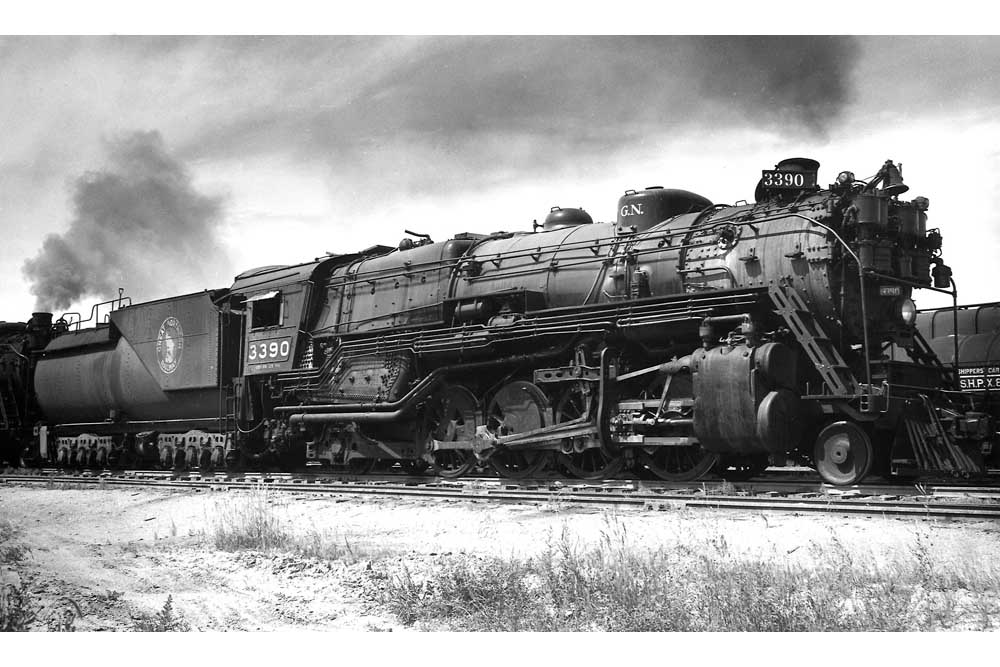
The award for the largest 2-8-2 goes to the Great Northern Railway, whose O-8 class engines were even heavier and more powerful than some 2-8-4 Berkshire types, despite the latter’s “super power” status. These massive Mikes boasted a boiler pressure of 250 psi, delivering 77,793 pounds of tractive force at the rail via 69-inch drivers in the first three engines in the class. They weighed in at 425,540 pounds, with a weight on drivers of 325,000 pounds. That latter figure is noteworthy: GN’s mechanical department placed great emphasis on weight on drivers, which likely explains why the railroad never opted for a 2-8-4. And as far as GN was concerned, that enormous mass also obviated any need for boosters. (The second-largest 2-8-2s were the 10 4200-class engines of the Frisco, built in 1930.)
The road to developing GN’s huge O-8 was circuitous. The railroad bought its first 2-8-2s in the O-1 class from Baldwin in 1911 and ended up buying 145 more, giving GN one of the larger rosters of Mikados. The company obtained a small 2-8-2 in the O-2 class via merger, then in 1920 acquired nine more heavy USRA engines in the O-3 class, secondhand, from Spokane, Portland & Seattle and El Paso & Southwestern. That same year GN made another big order from Baldwin for 45 in the O-4 class, engines that were similar in size to the original O-1s. The railroad got creative with the O-5 through O-7 class — 89 engines — through conversion of boilers from other locomotives, work performed at various GN shops across the system.
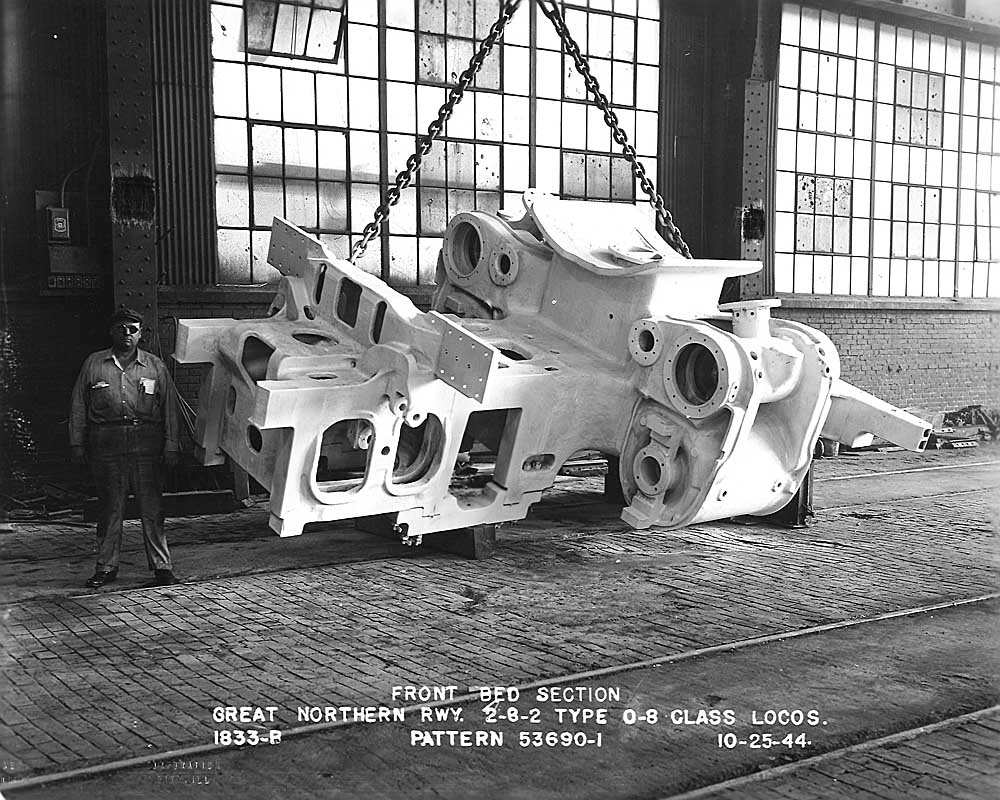
The first three of the big O-8 engines, all oil burners, also were homebuilt, constructed by the company’s Hillyard Shops in Spokane, Wash., in 1932 in the depth of the Depression. The trio had the remarkable distinction of being among the few engines built for any Class I railroad that year: a total of 36. The GN liked the big Mikes so well that in the 1940s it converted all 22 O-7 engines to the O-8, generally matching the originals in size and power. The entire class was converted to oil, and driver size was increased to 71 inches. A major improvement was the use of cast-steel front-end beds with integrated 28-inch cylinders.
When it came to esthetics, the O-8s wouldn’t be everyone’s favorite. With its rather ungainly, squarish Belpaire firebox (a GN tradition) and a front end crowded with air pumps hung on the smokebox, the O-8 presented a fearsome presence. But the big 2-8-2s were significant, as GN historian Norman Priebe noted in his profile of the class, “The World’s Greatest Mikado,” in the January 1969 issue of Trains. Priebe wrote: “In fact, the O-8s demonstrated the upper limit in usefulness for two-wheeled trailing trucks and showed that this approach was superior to the use of four-wheel trucks for locomotives in their weight range.”
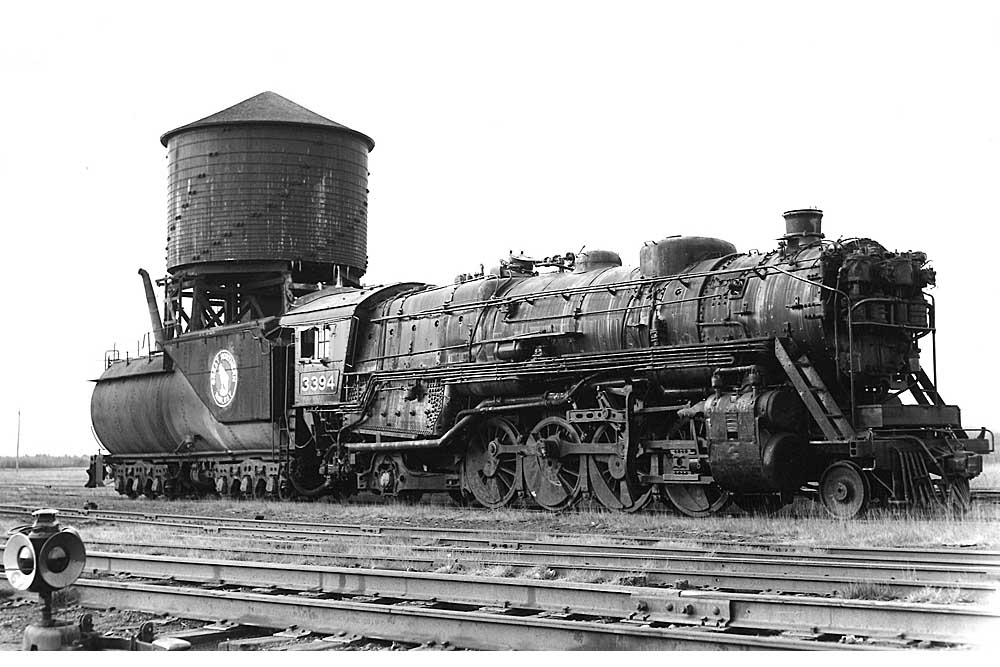
Alas, only a single Great Northern 2-8-2 survives, and it’s not an example of the largest 2-8-2 Mikado. It’s an old class O-1 machine, No. 3059, built in 1913 and displayed in a city park in Williston, N.D.






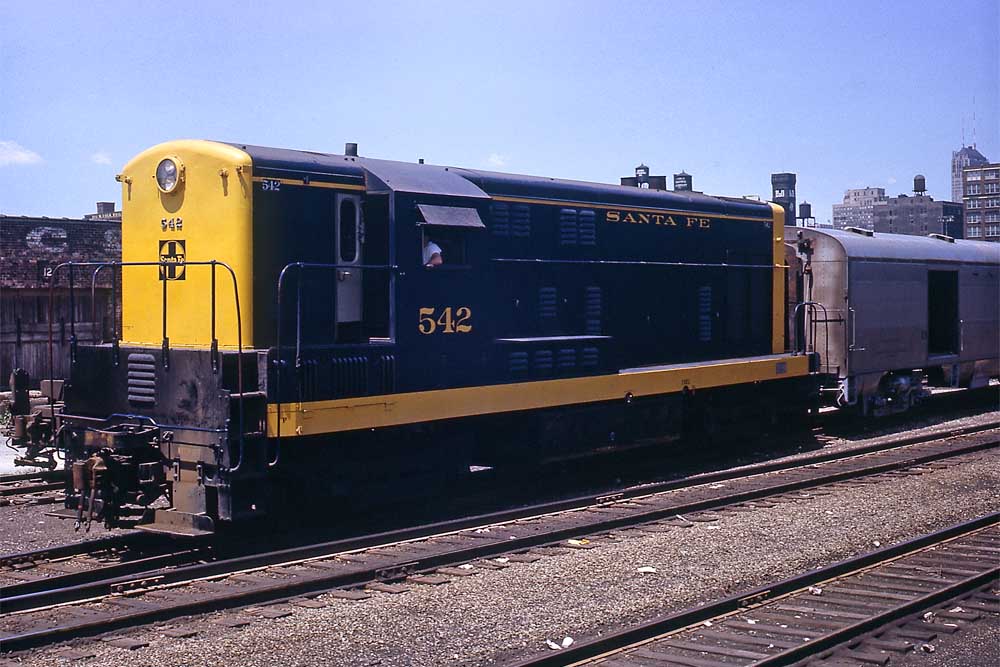
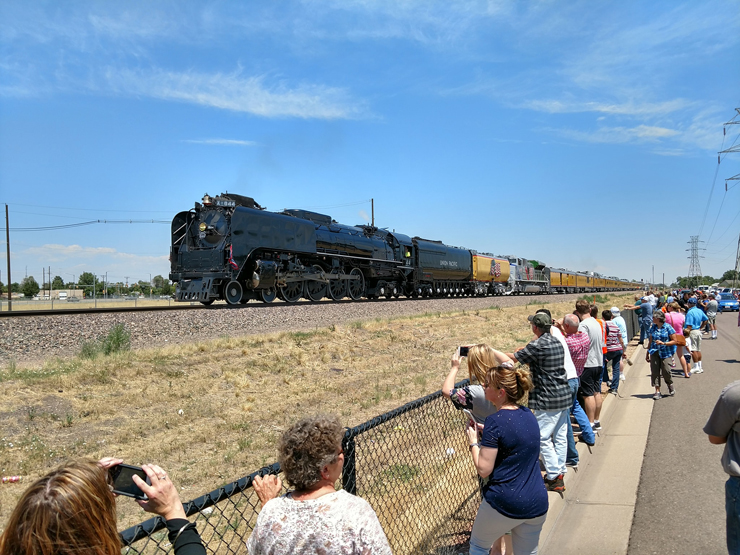
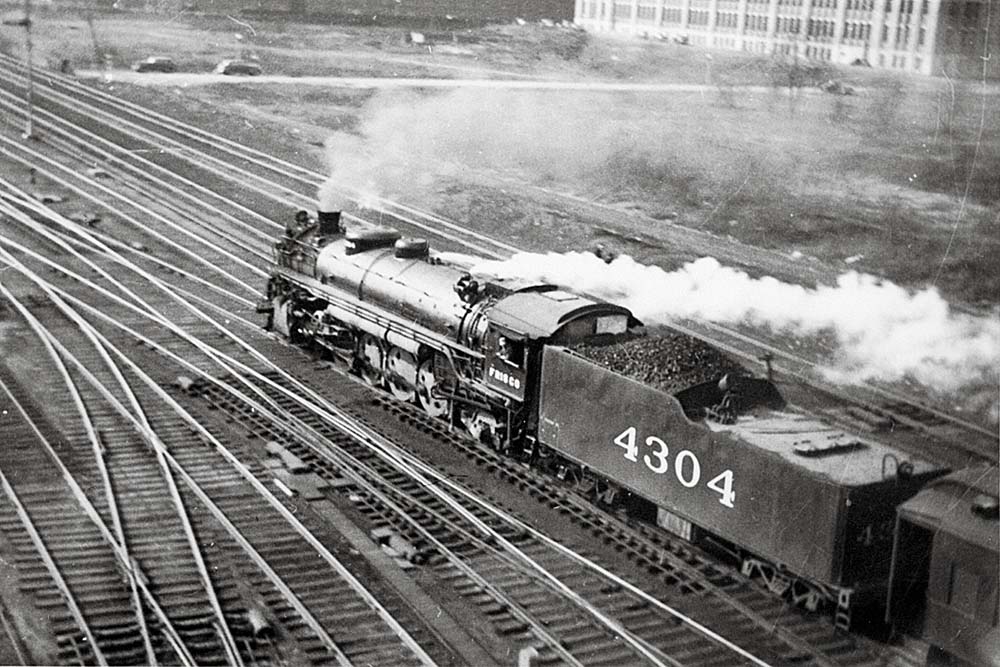
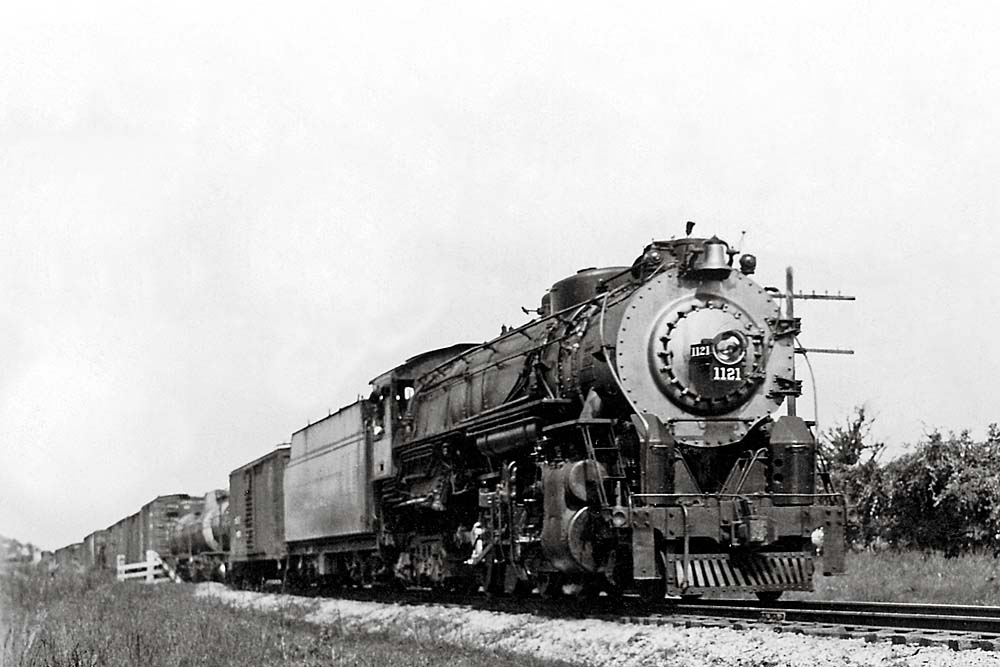




Yes, that would be interesting to know about.
Being a detail-freak (as many railfans are), I’d love to see one or more articles detailing the construction of patterns like the one shown in this article, the making of the mold from the pattern, the casting of the gigantic part, and welding the part to others.